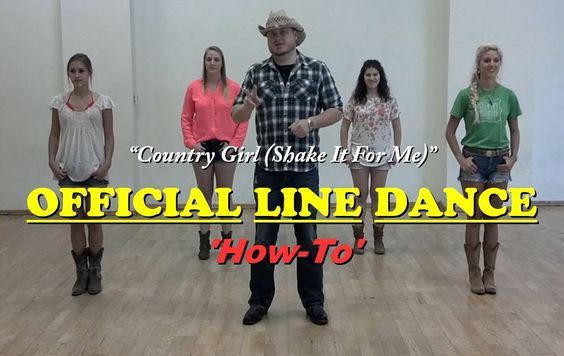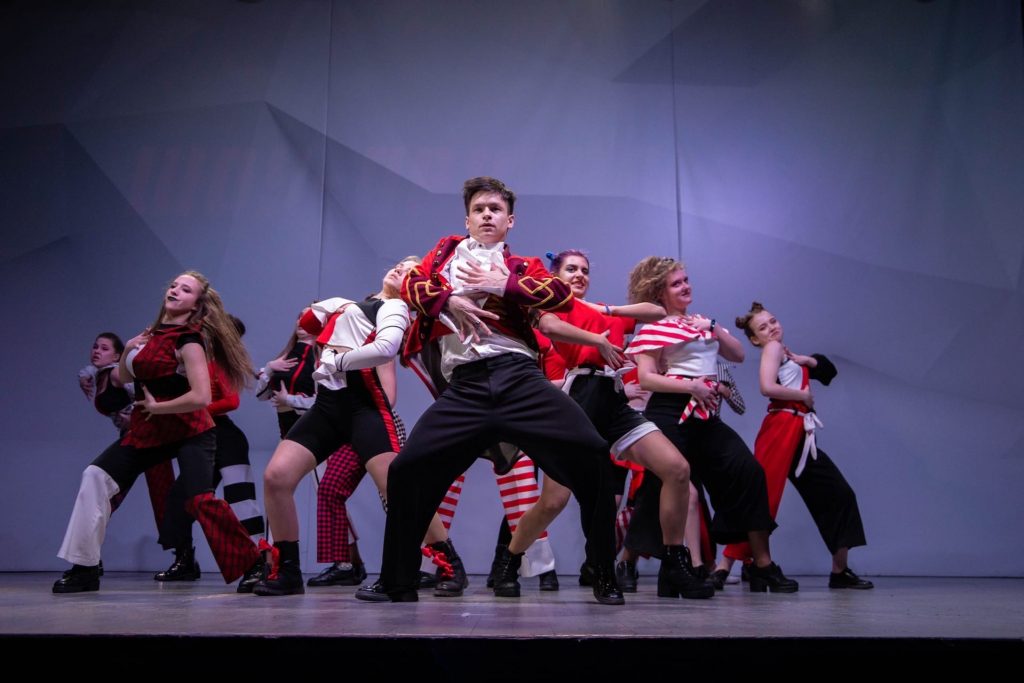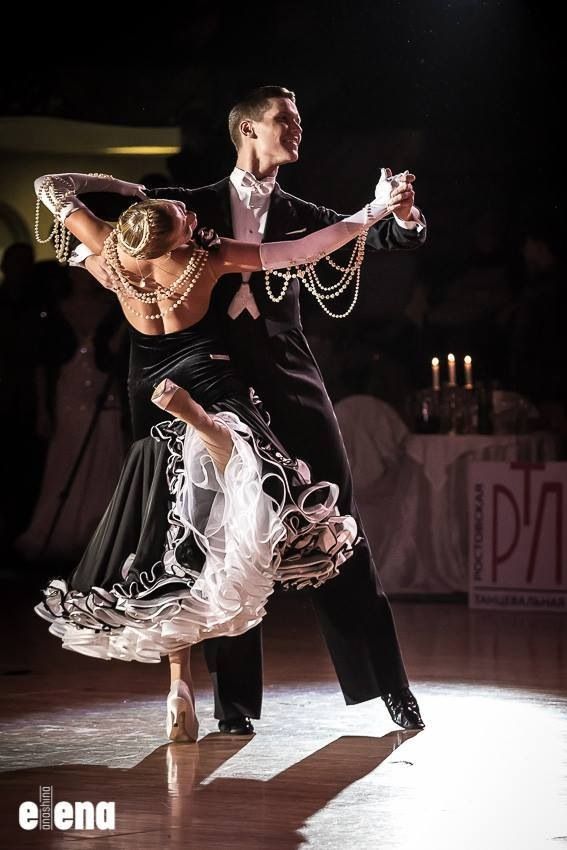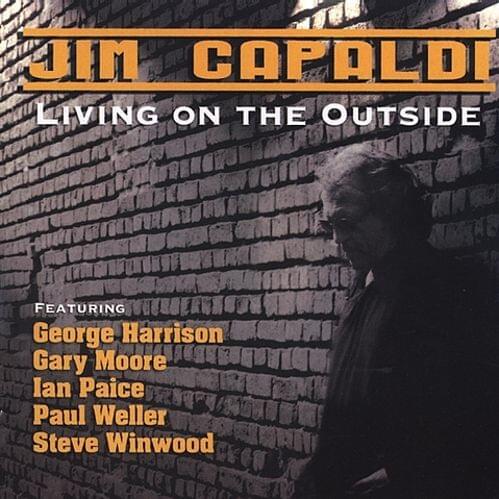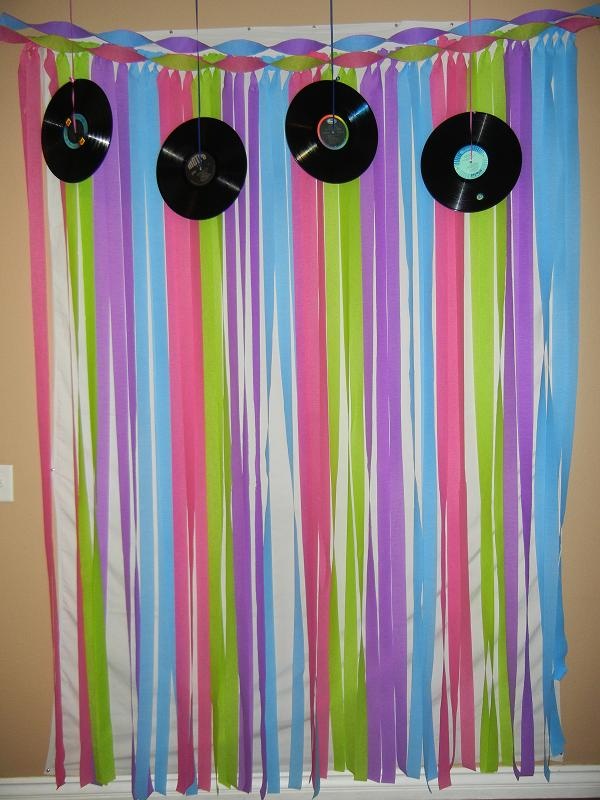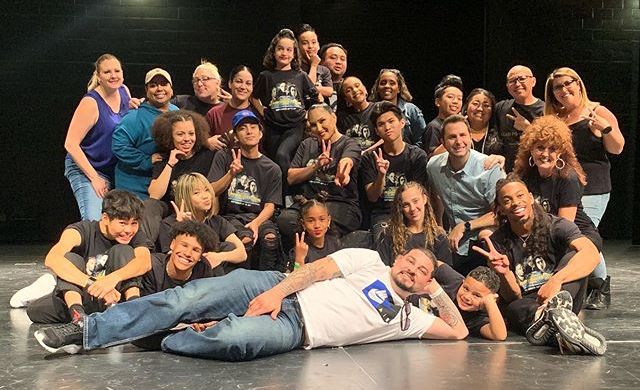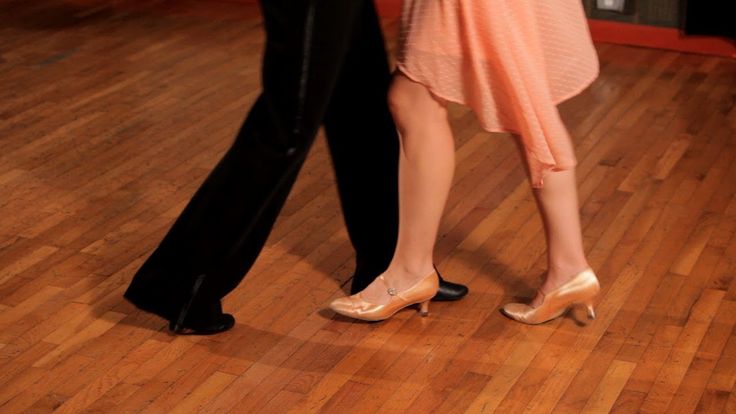Learn how to dance like a pro
How To Become A Better Dancer: 5 Tips -
So you want to know how to become a better dancer?
Here are 5 important tips that will help you improve as a dancer fast:
1. Take Lessons Consistently (You’re not special)
Some people think that they can get good without ever taking any dance lessons…
This is a mistake. Think about everything else you ever learned in your life, did you just wing it? No, you probably took lessons to become good at it. The same goes with dancing. You can take lessons in person or online. For in-person lessons you can do group classes or private lessons. For online lessons you can learn from videos. Check out our online Ballroom dance videos here.
Furthermore, it is important to take the time to find the right dance teacher for your goals, because some are definitely more qualified than others. My recommendation is try out a lesson with several teachers before committing to one specific dance instructor. Read our article on what makes a good dance teacher.
2. Practice Daily At Home/Studio
One of the most important habits you need to adopt is daily consistent practice. No matter how naturally good you are, you need to practice if you want to become a better dancer. Many people assume that just because they take lessons, they don’t need to practice. This could not be further from the truth. It is precisely because you take dance lessons, you need to practice even more to make sure you retain everything you’ve been learning.
Becoming a better dancer requires muscle memory. And muscle memory requires a lot of repetition through practice. So don’t overthink it – simply make some room in your living room, get a mirror and practice the things you worked on at your last lesson/class. Check out our practice guide for Ballroom dancers.
3. Have A Goal
One of the fastest ways to improve your dancing is simply to have a goal to work towards. The goal can be a performance at your studio’s showcase or party.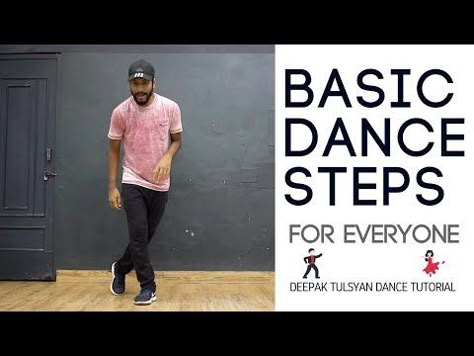 It can also be a dance competition. Even if you don’t want to perform you can still come up with a social dance goal such as “be able to dance comfortably at next month’s party”. Be creative with it as there is no wrong or right goals. The most important thing is to have one and to have a future date that you’re working towards. This will keep you motivated with your daily practice!
It can also be a dance competition. Even if you don’t want to perform you can still come up with a social dance goal such as “be able to dance comfortably at next month’s party”. Be creative with it as there is no wrong or right goals. The most important thing is to have one and to have a future date that you’re working towards. This will keep you motivated with your daily practice!
4. Feel your body
After you’ve learned the mechanics of the steps and routines, you need to make sure that you let your body “Feel” the movements so that all the steps and styling can really sink in to your muscle memory. You don’t want to be stuck in your head when you’re practicing or taking lessons, you need to be in “your body” to retain the dance moves, and progress faster.
After you got it pretty good, just put on the music and try to feel your body going with the music… This will also add enjoyment to your dancing.
5. Keep yourself inspired
It is critical to work on staying inspired and motivated with your getting better in dancing goal. Life gets in the way, so some days you will be more inspired than others… The key is to figure out some specific triggers that can energize you quickly to get back in the groove, whenever you’re not feeling it.
Life gets in the way, so some days you will be more inspired than others… The key is to figure out some specific triggers that can energize you quickly to get back in the groove, whenever you’re not feeling it.
For example, let’s say you don’t feel like going to your dance practice today. What you can do is watch some videos of your favorite dancers performing your favorite choreography on youtube!
That should get you back on track fast.
Watch Video – 5 Tips For Improving As A Dancer:
What do you think? Leave a comment below.
By: Leon Turetsky
Professional dance instructor
Related:
More Dance Articles & Tips
Types of ballroom dances
Styles of Latin Dances
Best Online Dance Classes (Free & Paid)
When you buy through links on our site, we may earn a commission at no extra cost to you.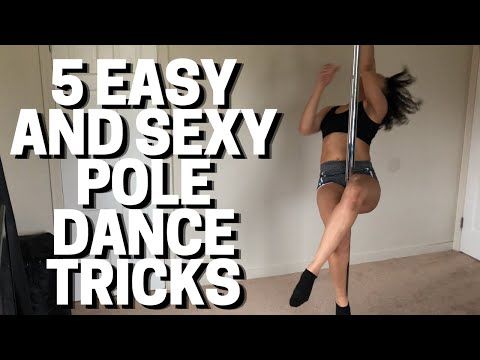 However, this does not influence our evaluations.
However, this does not influence our evaluations.
If you’re looking for the best online dance classes of 2022, this article is here to help.
With so many dance courses available, it can be hard to know where to begin.
And, the right course should focus not only on the right moves, but also on the skills and techniques that will help you become a better dancer.
So, that’s why we’ve pulled together this list for the best dance classes of 2022.
We’ve considered different types of dance (from samba, to hip hop, and even poi), different skill levels, price, value for money, and many other factors.
With that being said, let’s get started.
What is the best online dance course?
When it comes to the best online dance classes, here are our top picks:
- Misty Copeland teaches ballet technique and artistry (MasterClass)
- Parris Goebel teaches creativity in choreography (MasterClass)
- A Beginner’s Guide to Hip Hop Dance Moves (SkillShare)
- Bachata Ladies’ Style Course (Udemy)
- Learn to Dance the Freestyle for Complete Beginners (Udemy)
- Commercial Dance: Pop Songs (Udemy)
- Poi Dancing: Beyond the Basics (Udemy)
- How to Samba Like a Pro (Udemy)
- Zero to Dance Floor Hero (Udemy)
- A Beginner’s Guide to Learning Hula and Getting Dance Fit (Udemy)
Our top platform pick is MasterClass.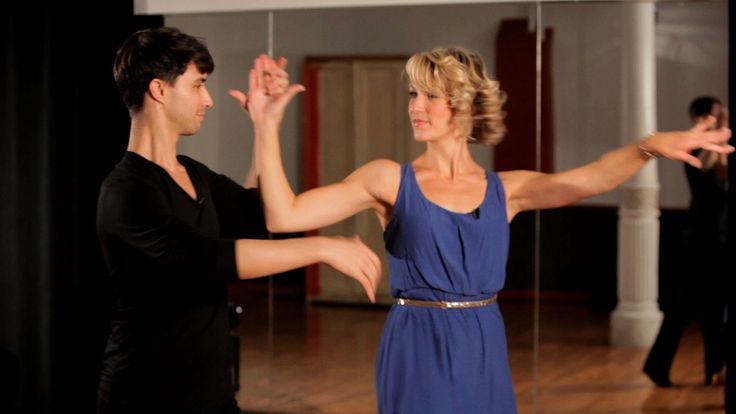 This is because, with MasterClass membership, you can take both Misty Copeland’s and Parris Goebel’s dance classes. Plus, these teachers are standout artists in their fields!
This is because, with MasterClass membership, you can take both Misty Copeland’s and Parris Goebel’s dance classes. Plus, these teachers are standout artists in their fields!
With MasterClass, you also get the added benefit of high production values – meaning all classes are well-produced and carefully designed to give you the best learning experience (whatever your skill level).
Not only can you learn dance from industry experts, you can also learn different skills from hundreds of other celebrity teachers. For example, you can learn singing from Mariah Carey, gymnastics from Simone Biles and yoga from Donna Farhi.
Also, the pricing structure means the more courses you take, the better the value for money. So, overall, it can actually be a very cheap way to learn from the world’s best! And, if you’re not enjoying MasterClass, there’s a clear 30 day refund policy that reduces the risk of you losing out.
Outside of MasterClass, there are still plenty of options. For example, SkillShare is another subscription-based platform that allows unlimited course access while your subscription is active.
For example, SkillShare is another subscription-based platform that allows unlimited course access while your subscription is active.
If you’re looking for a one-course purchase, Udemy offers plenty of dance classes for you to choose from. It’s also easy to search by course length and price so you can find the best courses to suit your schedule and budget.
While the best course for you will depend on your interests and skill level, we recommend Learn to Dance the Freestyle for Complete Beginners and Commercial Dance: Pop Songs for the best introductory/general dance classes.
Best free online dance courses
- A Beginner’s Guide to Hip Hop Dance Moves
If you’re looking to try out a dance class for free, SkillShare has a 1 month free trial that gives you access to unlimited SkillShare courses. So, while most platforms let you view a snippet of the class, SkillShare lets you learn free-of-charge for a limited time.
But, to get the full details, read on for our mini reviews!
Best online dance class reviews
1.
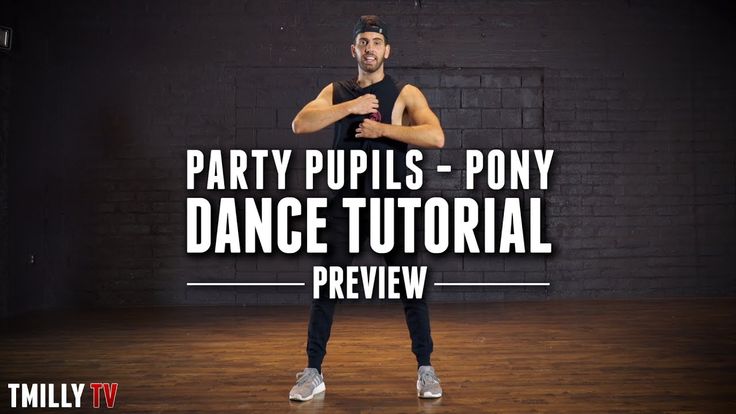 Misty Copeland Teaches Ballet Technique and Artistry (MasterClass)
Misty Copeland Teaches Ballet Technique and Artistry (MasterClass)Platform: MasterClass | Teacher: Misty Copeland | Course length: 17 video lessons totalling 1 hour and 46 minutes
Misty Copeland made history as the first African American female principal dancer at the American Ballet Theater. Now, she’s one of the world’s most influential dancers and invites you to share her appreciation of ballet.
You’ll learn to:
- Own your movement through dance techniques
- Gain a fresh perspective on dance
- Build strength and quality of movement
- Choose and prepare pointe shoes
- Warm up for dance performances
Pros
- Learn ballet principles from one of the world’s greatest ballet dancers
- Gain a deeper appreciation of ballet and dance processes
- Close-up demonstrations of small movement exercises
- Follow-along sequences with detailed commentary
- See deconstructed performances that illustrate course content
- Transferable exercises and dance philosophies
Cons
- No chance for individual feedback/correction
- Demonstrations could be clearer
- Not always as informative as it could be
Who it’s for: Professionals and beginners alike who are looking to gain a fresh perspective on, and a deeper appreciation for, ballet.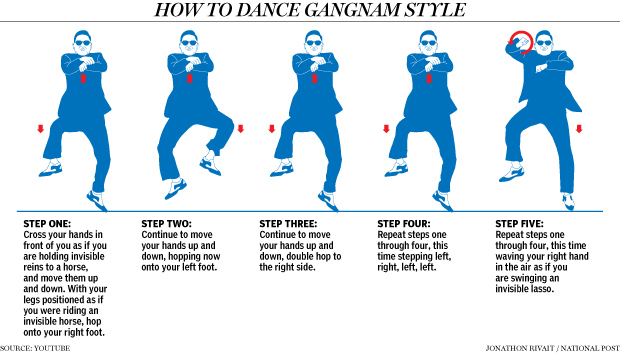 In this MasterClass, Copeland explains her approach to dance and the techniques she uses to improve her skills.
In this MasterClass, Copeland explains her approach to dance and the techniques she uses to improve her skills.
Overall: An exciting perspective on dance from one of America’s best-known ballerinas. Copeland shows you how to create powerful performances on stage and fuse modern/classical styles. And, as with all MasterClasses, you get a unique glimpse into a professional’s strategies and philosophies.
2. Parris Goebel Teaches Creativity in Choreography (MasterClass)
Platform: MasterClass | Teacher: Parris Goebel | Course length: 14 lessons totalling 2 hours and 6 minutes
Parris Goebel is an award-winning choreographer, perhaps best-known for her choreography work with Justin Bieber and Jennifer Lopez.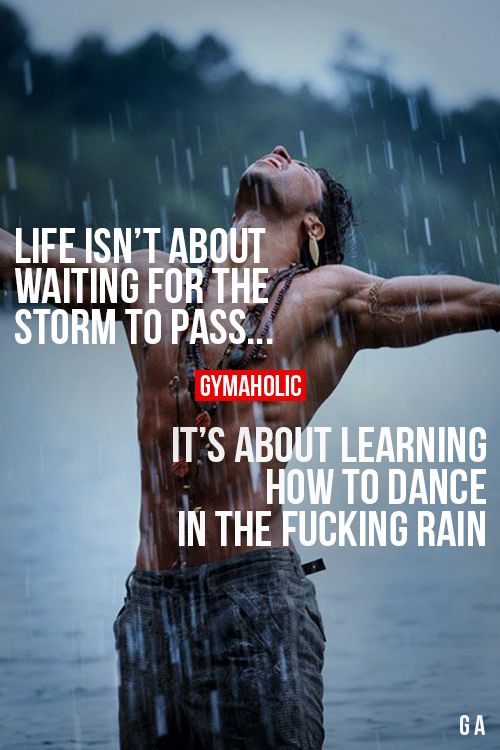 In her MasterClass, she gives you insight into how these iconic performances are made and how you can dance confidently to polished routines.
In her MasterClass, she gives you insight into how these iconic performances are made and how you can dance confidently to polished routines.
You’ll learn to:
- Build confidence in your dance craft
- Unlock your creative spirit
- Select and connect with music
- Dance freestyle and to carefully crafted routines
- Master basic formations as building blocks to routines
- Understand and use special “effects” to level up your dances
Pros
- Learn from a choreography powerhouse
- In-depth discussions and demos of dance techniques
- Step-by-step processes for creating routines
- Learn to choreograph and dance for the screen
- Practical workshops and music video analyses
Cons
- More focused on the choreographing side of dance
- Geared towards those interested in music videos
Who it’s for: Anyone interested in pursuing choreography/music videos as a hobby or career.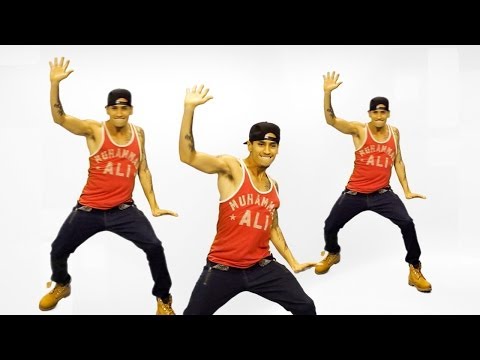 This course is great for creative dancers and/or choreographers that are looking to enhance their performances for screen or stage. Goebel’s philosophy is inspiring and motivating for anyone willing to dedicate themselves to the craft.
This course is great for creative dancers and/or choreographers that are looking to enhance their performances for screen or stage. Goebel’s philosophy is inspiring and motivating for anyone willing to dedicate themselves to the craft.
Overall: A great insight into contemporary dance and choreography. Goebel shows you how to level up your techniques and approaches to harness your/your team’s talent. So, it’s great for professionals teaching dance as well as hobbyist learners.
3. A Beginner’s Guide to Hip Hop Dance Moves (SkillShare)
Platform: SkillShare | Teacher: RichStylez TV | Course length: 29 lessons totalling 2 hours and 7 minutes
RichStylez is a dancer and dance teacher trained in New York. Having danced for over 13 years, he brings his experience and skill set to audiences around the world. Specializing in Popping and Breakdancing, he’s toured the globe and even performed on TV and in movies.
You’ll learn to:
- Understand dance vocabulary and techniques
- Execute basic hip hop dance moves
- Control your speed for fluidity and finesse
- Isolate, make body waves, and embody the spirit of hip hop
- Link basic concepts into more elaborate moves
Pros
- Learn from a trained professional (and in the comfort of your home)
- Master small steps and add-ons to become a better dancer
- Learn industry secrets to help you develop your own style
- Covers an impressive arsenal of moves for your tool kit
- Step-by-step instruction videos for clear learning
Cons
- Could use a better variety of music
- Hip-hop specific rather than general
Who it’s for: Anyone interested in learning hip-hop dance from basic moves to more complex techniques. This course covers a range of moves by upper/lower body and gives you actionable steps to bring them all together.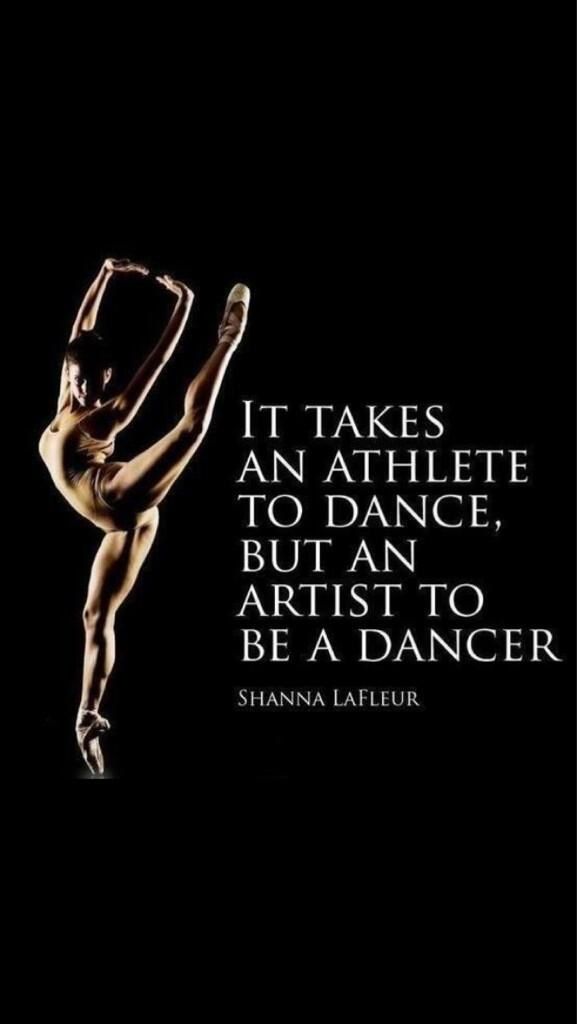 An affordable option for hobbyist learners who want to learn on their own time.
An affordable option for hobbyist learners who want to learn on their own time.
Overall: A hip-hop focused crash course on a mixture of hip-hop dance moves. You’ll learn to perform basic and complex grooves, isolations, body waves, and more. This is a great practical dance class for anyone looking to master hip-hop moves and build their confidence as a dancer.
4. Bachata Ladies’ Style Course (Udemy)
Platform: Udemy | Teacher: Eva Kladi | Course length: 24 video lessons totalling 2 hours and 23 minutes
Eva Kladi is a Latin dancer and choreographer who has been dancing since the age of 4. To date, she is a certified dance teacher and competitor, travelling the world to deliver expert teaching and to share her enthusiasm for dancing.
You’ll learn to:
- Master Bachata moves and feel confident on the dancefloor
- Grasp beginner – advanced dance routines for practical use
- Isolate, flow, and move your body elegantly
- Create your own routines and express them confidently
- Develop technical knowledge as well as step-by-step guides
Pros
- Suitable for all skill levels
- Focused routines to improve all bodily movement
- Aimed to instil confidence and expression
- Learn to combine steps and develop your own routines
Cons
- Designed mostly for female audiences
- Not all content will be relevant to your skill level
Who it’s for: Aspiring dancers of all skill levels and backgrounds – particularly designed for female audiences. The moves are taught from a woman’s perspective and intended for the female partner/solo dancer. This course has great coverage for beginners and experts alike and pays attention to the finer details like fluidity and elegance, as well as basic steps.
The moves are taught from a woman’s perspective and intended for the female partner/solo dancer. This course has great coverage for beginners and experts alike and pays attention to the finer details like fluidity and elegance, as well as basic steps.
Overall: A helpful and detailed course for anyone looking to learn Bachata or even to get fit in a fun way. This course aims to develop your confidence, femininity, and technique through in-depth videos and step-by-step guides.
5. Learn to Dance the Freestyle for Complete Beginners (Udemy)
Platform: Udemy | Teacher: Lourd Vijay | Course length: 18 video lessons totalling 1 hour and 43 minutes
Lourd Vijay is a dancer and dance teacher who has worked with superstars like Jackie Chan. And, he even holds the Guinness World Record for most swing dance flips achieved in a minute! Training and teaching around the world, he now has his own dance studio and has featured in music videos and dance reality shows.
You’ll learn to:
- Understand and execute the basics of partner dancing
- Master impressive moves and perform them confidently
- Feel the music and find your own groove
- Learn hacks to social dancing and stealing the spotlight
- Polish your posture and footwork to become a better dancer
Pros
- Learn from an expert teacher and performer
- Understand the principles of coordination and dance etiquette
- Lead and follow effortlessly with a partner
- Grasp some cool moves to impress your friends
- Step-by-step guides focused on key movements
Cons
- More suited to beginners than intermediate/advanced students
- No chance for personal feedback/corrections
Who it’s for: Vijay advertises his class as being for 18-60 year olds (men and women), and his course is especially designed for beginners. It’s a great course for those who are new to dance and don’t have a particular genre preference.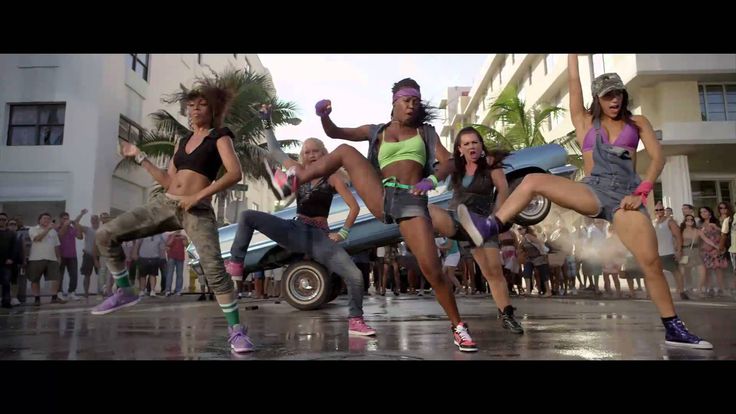 Plus, it’s ideal for anyone looking to learn from the comfort of their own home and on their own time.
Plus, it’s ideal for anyone looking to learn from the comfort of their own home and on their own time.
Overall: An easy-to-follow dance course aimed at beginners with no prior dance background. This is great for students who want to get a feel for dance without any previous knowledge. It’s also suited to hobbyist learners or anyone with a little dance-curiosity.
6. Commercial Dance: Pop Songs (Udemy)
Platform: Udemy | Teacher: Jonah of NROUND VT3 | Course length: 5 video lessons totalling 2 hours and 8 minutes
Jonah of NROUND VT3 is an established dancer in the Korean entertainment industry. He is best known for his pop dance routines and teaches commercial moves featured in music videos and Broadway.
You’ll learn to:
- Dance basic open-style moves in jazz, hip hop, and funk
- Combine different styles of dance fluidly and confidently
- Understand the key elements of commercial dance
- Put together effective choreography and show-stopping routines
Pros:
- Learn popular music routines from an expert dancer
- In-depth choreography and open-style approach
- Expert dance tips and industry secrets
- Build elaborate routines from basic body movements
Cons:
- More focused on routines than solo movements
- Pop-oriented rather than general/various
Who it’s for: Anyone interested in learning commercial dance routines.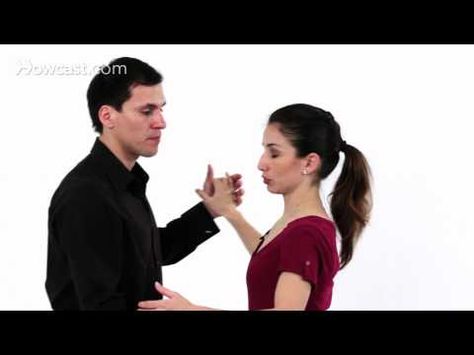 This course is focused on a small number of American pop songs and the routines are all crafted with this genre in mind. While it’s beginner-friendly, it does dive right into the specifics of choreography rather than isolated movements.
This course is focused on a small number of American pop songs and the routines are all crafted with this genre in mind. While it’s beginner-friendly, it does dive right into the specifics of choreography rather than isolated movements.
Overall: A fun course for anyone interested in learning impressive dance moves to popular songs. This course is ideal for hobbyist learners but also has merit for established dancers and choreographers. You also get to learn from the comfort of your own home!
7. Poi Dancing: Beyond the Basics (Udemy)
Platform: Udemy | Teacher: Nick Woolsey | Course length: 16 sections totalling 16 hours and 5 minutes
A world-renowned poi teacher, Nick Woolsey shows you how to take your poi dance skills to a new level. He’s also a bit of a cult-celebrity in the global poi community! Now collaborating with professional dancers and circus artists, he brings this unique dance form to the masses in his online classes.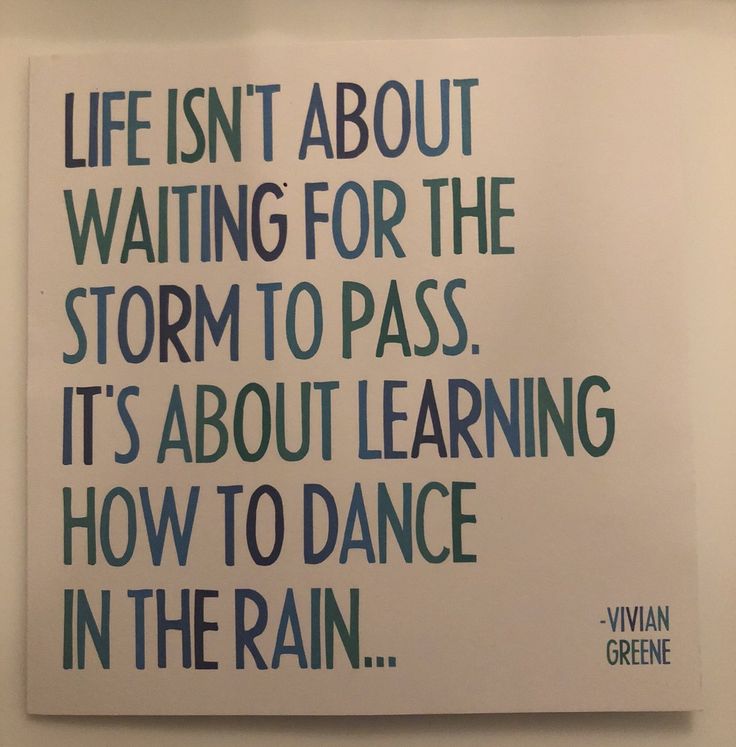
You’ll learn to:
- Further your intermediate and advanced poi dancing skills
- Strengthen and condition your muscles for poi practice
- Develop footwork, planes, crosspoints, and more
- Flow through poi dance moves with grace and confidence
Pros:
- Unique dance form that will impress your friends
- Excellent value for money with 15+ hours of course material
- Comprehensive video content with in-depth guides
- Learn from a renowned and experienced poi dance teacher
Cons:
- Not suited to complete beginners
- Requires some specialist equipment
- Longer than other dance courses (a pro for some!)
Who it’s for: This course is a perfect fit for hobbyist poi dancers who already have some basic grasp of poi moves. While beginners will benefit from Nick Woolsey’s Beginner Series, this “Beyond the Basics” course takes poi learning to the next level and comes in at one of the most highly rated dance courses on Udemy!
Overall: A wonderful beyond-the-basics course designed to instil hobbyist dance learners with confidence and enthusiasm in the poi genre.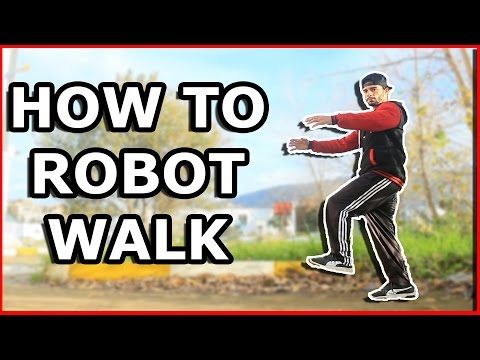 This stands out from other courses because it requires some specialist equipment. However, Woolsey provides some homemade swaps for these and does a fantastic job of teaching you unique poi skills.
This stands out from other courses because it requires some specialist equipment. However, Woolsey provides some homemade swaps for these and does a fantastic job of teaching you unique poi skills.
8. How to Samba Like a Pro (Udemy)
Platform: Udemy | Teacher: Roland Vereb | Course length: 32 video lessons totalling 1 hour
With a strong background in Ballet, Latin, and Standard, Roland Vereb has over 20 years’ experience as a competitive dancer. Plus, with over 15 years of teaching experience, it’s safe to say Vereb knows a thing or two about samba technique!
You’ll learn to:
- Dance the basic steps of the samba
- Avoid common mistakes that newcomers make
- Refine your movements to look like a pro
- Combine basic samba figures for more advanced routines
- Use drills to practise and polish your dance moves
Pros:
- Learn from a professional dancer and instructor
- Unlock trade secrets and tricks to improving your moves
- Lays the foundations for further learning
- Practical and easy-to-follow syllabus
Cons:
- Doesn’t cover partner moves
- Some prior knowledge of samba is recommended
Who it’s for: Anyone interested in ballroom dancing who knows a little bit about the samba to start with.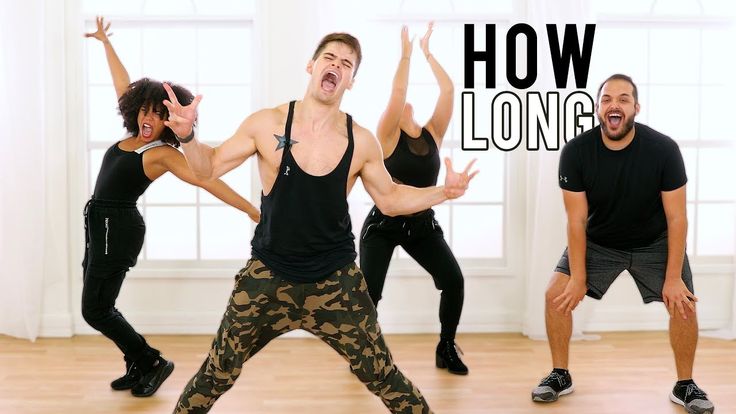 In this course, Vereb goes over the basics then helps you to improve upon this framework. If you’re keen to take up ballroom dancing as a hobby or social activity, Vereb’s course is great for your toolkit.
In this course, Vereb goes over the basics then helps you to improve upon this framework. If you’re keen to take up ballroom dancing as a hobby or social activity, Vereb’s course is great for your toolkit.
Overall: A fun and informative class aimed at giving you confidence and finesse in your samba dancing. While some knowledge is recommended, the steps are well-broken down and Vereb does a good job of teaching you correct coordination and posture.
9. Zero to Dance Floor Hero (Udemy)
Platform: Udemy | Teacher: Sebastian Kruse | Course length: 20 video lessons totalling 2 hours and 28 minutes
Dancing professionally for over a decade, Sebastian Kruse has now trained some of the world’s top dancers. He’s also a fitness coach, and has brought his inspiring mindset and skills to a wider audience through his videos and tours.
You’ll learn to:
- Gain confidence on the dancefloor despite your experience
- Understand basic moves and have fun with the music
- Combine movements to have an endless toolbox
Pros:
- Easy to follow
- Beginner friendly
- Covers some well-known dance moves
Cons:
- Not as comprehensive as other courses
- Does not focus on a particular genre
Who it’s for: Anyone interested in learning how to dance socially. This course is an effective intro to some of the better-known and trendier dance moves. While it’s not focused on a particular genre, Kruse aims to help you become a more confident social dancer and to teach you transferable dance moves.
This course is an effective intro to some of the better-known and trendier dance moves. While it’s not focused on a particular genre, Kruse aims to help you become a more confident social dancer and to teach you transferable dance moves.
Overall: A fun and beginner-friendly dance class that teaches you to master (and build upon) basic moves. If you’re interested in dancing socially but don’t have a leaning towards a particular genre, this is a recommended starting place!
10. A Beginner’s Guide to Learning Hula and Getting Dance Fit (Udemy)
Platform: Udemy | Teacher: Koa Koki | Course length: 20 lectures totalling 44 minutes
Hula teacher, nutrition coach, and personal trainer, Koa Koki has an impressive background that makes her perfect for a fitness/hula fusion class like this. Dancing and performing for over 20 years, Koki won an NPC fitness competition and is certified by the National Academy of Sports Medicine.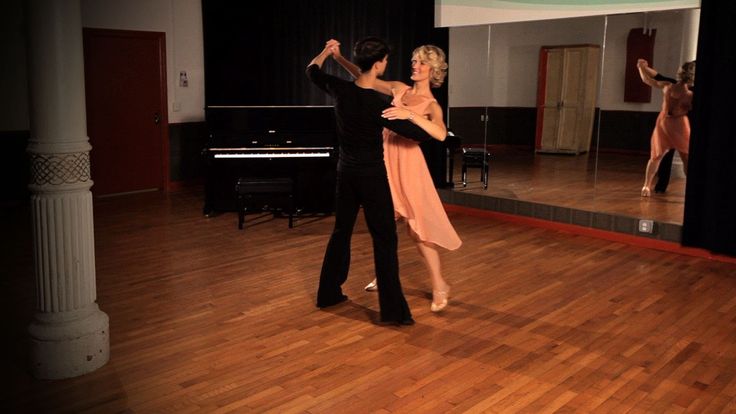
You’ll learn to:
- Dance use hula in your workouts
- Maximize hula moves for athletic benefit
- Combine movements for routines
- Appreciate hula’s cultural significance
Pros:
- Blends hula dance with fitness workouts
- Informative about physical and cultural practices
- Strong breakdown of hula dance moves
- Focused on optimizing women’s fitness
Cons:
- Not a straight “dance” course in itself
- More aimed toward women
Who it’s for: Anyone who has access to a viewing platform and is excited to learn a new talent. While this class has no basic requirements, much of the advice and teachings are given with female audiences in mind.
Overall: A fun blend of hula and more conventional exercises. In this class, Koki aims to share her love of hula and Hawaiian culture as well as creating a fun way for you to tone up and get fit through dance.
What are the advantages of taking a dance class?
In short, there are many advantages of taking a dance course! For example, you can:
- Learn a new skill and keep your brain engaged
- Improve your physical fitness and mental wellbeing
- De-stress and unwind with a fun new activity
- Use it as a stepping stone to social/career opportunities
While there are many different reasons why you might want to take a dance class – from weight loss, socializing, challenging yourself, etc. – dancing has been shown to have positive effects on your mental and physical well being.
So, overall, taking a dance class is an excellent investment in your health and can even open new doors for your career and social circles!
Buyers’ guide: what to look out for in a dance class
When there are so many options out there, picking the right dance class for you can be tricky. So, we recommend you consider the following before committing to a choice:
- Teacher experience – if you’re going to be spending your time and money on a dance course, you want to make sure you’re learning from a worthwhile instructor.
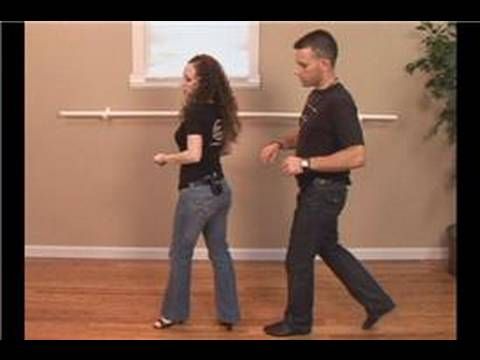 That being said, it’s good to check a teacher’s background and experience to make sure they’re in a position to be a valuable mentor
That being said, it’s good to check a teacher’s background and experience to make sure they’re in a position to be a valuable mentor - Develop skills – While there’s nothing wrong with learning the basics, a truly good dance class will also push you to go further. So, by the end of the course, you should have some transferable skills and a newfound confidence in dance
- Refined moves – When learning from a professional, you should learn a range of refined moves that you can showcase from your training. If the teacher is the good one, they’ll do their best – even virtually – to make sure you’re getting all the moves right
- Syllabus and skill level – Simply, you want to make sure that the courses on offer are suited to your skill level! Plus, the course you choose should fit your interests. For example, do you want a course that’s genre-specific? Or one that’s broader?
- Price – Of course, you want to choose something that fits your budget.
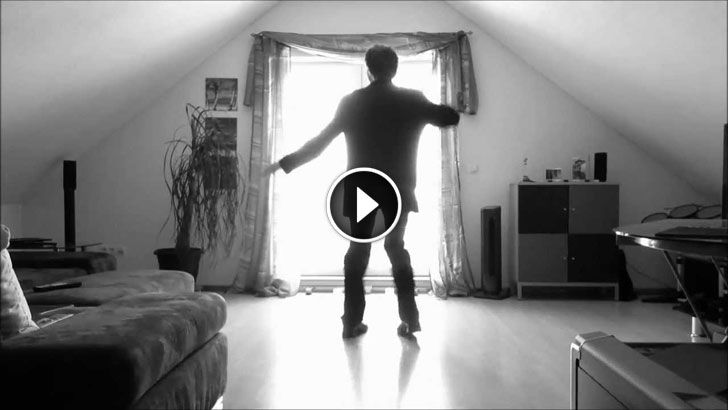 But, you also want to consider the value you’re getting out of it. So, if a course is double the price but the teacher is more experienced and you get more in-depth content, these factors are something to consider
But, you also want to consider the value you’re getting out of it. So, if a course is double the price but the teacher is more experienced and you get more in-depth content, these factors are something to consider
How much does it cost?
It goes without saying that prices vary depending on the course content, length, teacher, etc. But, to break it down, the single-class costs in this review are around the $17 mark. The exception is the much longer poi class, which is around $47.
If you’re opting for a subscription service like SkillShare or MasterClass, you’re looking at the $180-$200 mark. But, while this seems like a drastic difference, it can actually work out better for you overall.
Because SkillShare/MasterClass subscriptions give you unlimited access, it means that the more classes you take, the better the value for money.
So, if you have many interests, a subscription saves you more money in the long run. Not to mention, with platforms like MasterClass, you’re learning from global experts. So, when it comes to value, it’s pretty hard to beat.
So, when it comes to value, it’s pretty hard to beat.
How long does it take to learn dancing?
The courses in this review vary between 44 minutes to 16 hours!
But, it’s worth noting, these courses are all unique in their skill levels, teaching calibre, and learning objectives. And, you should also take into account time for practice.
A good rule of thumb is to take the number of course hours and multiply it by 5 (this accounts for your practice hours). If you’re willing to put in the time to sharpen your skills, this is a good benchmark to aim for.
Also, the benefit of these online videos is that you can rewatch them as many times as you’d like.
For most of these classes, there are also downloadable resources so you can get in some “revision” when you’re not able to actually dance.
How do we rank our results?
Put simply, we rank our results based on which courses we believe to be the best.
Of course, this is subjective. But, we consider these factors:
- Teachers’ experience
- Provides transferable skills
- Has strong and varied content
- Well-taught and explained
- Student feedback
- Production quality
- Overall impressions
Where we can, we complete these courses in order to review them. But, where this isn’t possible, we do extensive research on the course, its content, and student feedback.
Conclusion
If you’re looking to learn dance, you’re not short of options.
Overall, MasterClass is one of the standouts because you have the chance to learn from two world-renowned dancers (not to mention many other experts in various categories).
SkillShare is another subscription option that offers you the chance to learn a range of skills both in and outside of dance.
If you’re looking for individual courses, Udemy is a good place to start. They often have sales and also have a credible student review section so you can consider the best dance class for your needs.
Hopefully, this article has helped you to understand which dancing class is right for you!
Frequently asked questions
What is the best online dance class?
Our top recommendation for dance classes is MasterClass. This is because you can learn ballet from Misty Copeland and choreography from Parris Goebel.
How much does a dancing class cost?
Online classes in this roundup are around the $17 mark. The exception is the 16-hour poi class, which is around $47.
How long do online dance courses take?
The classes here vary between 44 minutes and 16 hours. But, you should also account for practice time!
Rebecca Salter
Rebecca graduated from King's College university with a first class honours in English Language, followed by a Masters' Degree in Eighteenth Century Studies.
90,000 12 life hacks, to quickly learn how to dance from Mamita DanceDances
Author: Pavel Gather
Psychologist, Lecturer Salsa and Tango
Dances
Author: Pavel Pavel
Psychologist, Lecturer Salsa
on At the start, you always want to get a quick result. When it doesn't happen, the hypothesis arises that everything takes time. After a conditionally acceptable time, humility comes to mastering pair dances, which, perhaps, is not given, and I will just do what I learned somehow.
This is the most common story of those who believe that the mere act of attending a pair dance class is enough to learn how to dance.
Absolutely not. If you want to really dance well, you have to make an effort outside of the dance class. A good teacher will definitely be needed, but the initiative should be on your side.
1. Listen to music
The most common and accessible advice that is given already in the first lessons. And it definitely works. Music creates a certain atmosphere of the dance and intuitively you want to move to it. It doesn't matter where you listen to music - in the car, on headphones while walking or doing household chores.
An addition that will help you dance better is your active participation in the music. Sing along, dance or simply beat musical accents with any free parts of the body. In the subway, for example, it is enough to tap out bright moments with your fingers, in the car to sing along with sounds, and at home you can jump for pleasure.
2. Watch videos of good dancers
It's complicated, but also obvious. It’s more difficult, because without recommendations from more experienced dancers, unfortunately, it’s not so easy to find a good quality video on the net (I mean not the resolution quality, but the content itself).
Meaningful video viewing is about building an understanding of HOW dancers make a particular impression on a partner or viewer. Technology is at the heart of everything. Understanding how the pros do it is a big step forward.
It is important to distinguish a show from a disco dance, a staged performance from an improvisation, a stylized dance from an authentic one, etc. Ask for recommendations and dance teachers will always throw off a couple of videos of worthy landmarks.
Tango Z. Showreel.
Online modern tango courses
Tango nuevo is the most advanced version of tango. We can quickly learn to dance from zero to a steep level.
| View details |
3. Dance in salsatecas/milongas/discotheques
A very delicate moment when it is worth coming to the first party. From a technical point of view, most students in 1-3 months have a sufficient set of figures and techniques to come and dance calmly. Psychologically, the same moment can be stretched out for an indefinite time. After all, it is imperative to “not lose face”, “learn more figures” and be sure what to do in case “there is an unfamiliar movement”.
In fact, the partygoers don't really care (except for a small layer of non-professional teachers who want to help inexperienced dancers by treating them as customers in the future). It is important to come and try dancing after a month of classes.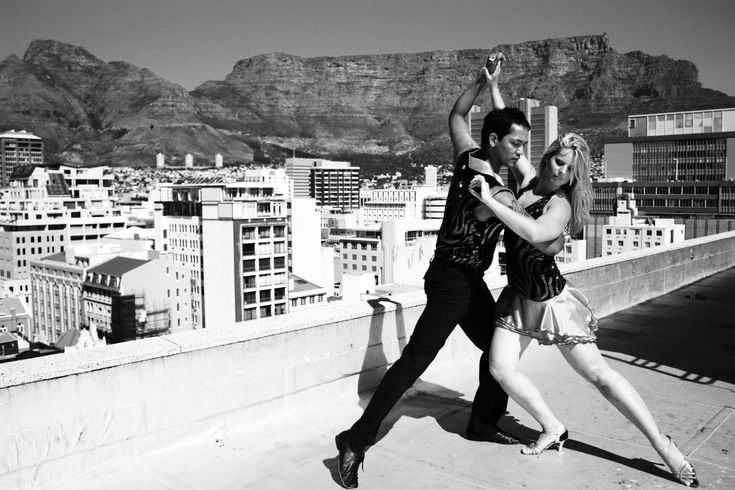 You can only with friends or guys from your group. This will be enough to feel the adrenaline and inspiration from the dance.
You can only with friends or guys from your group. This will be enough to feel the adrenaline and inspiration from the dance.
4. Dance with partners or partners not of your level
The conventional wisdom that you need to practice in groups of your level does not withstand the test of experience. Perhaps now your eyes widened in surprise, and you want to meaningfully read the phrase again. Yes, you saw everything correctly: when you dance with a partner of your level, you don’t grow anywhere.
It's important to understand that not only does it work one way and you have to dance with cooler dancers, but it works even more effectively the other way. It is no coincidence that teaching pair dances dramatically raises the level of the teacher himself. You have an endless stream of very beginner dancers.
How it works. A more experienced partner needs to be "stretched". It's easy and obvious. With beginners, you need to take more initiative on yourself, see the general pattern of the dance more widely, turn on and insure more, try to be an example and be more careful.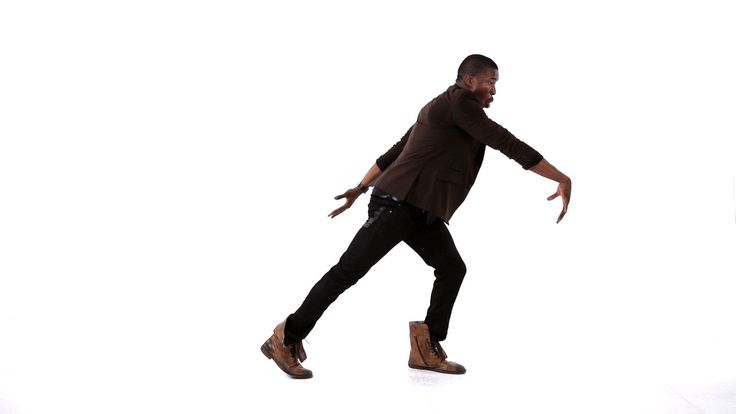 The quality of interaction begins to grow significantly. And wonderful partners too.
The quality of interaction begins to grow significantly. And wonderful partners too.
Dancing with partners of your level doesn't make you grow. Dance with both beginners and more advanced dancers
Dominican Bachata Women's Style Online Course
Want to learn how to hypnotize those around you with the most appetizing part of your body? On the course we will tell you all the secrets.
| Interesting |
5. Learn to dance for a partner and for a partner
Turks and Argentines are one of the best partners in the world. In Russia, partners are highly valued. Why? The answer is simple. In Argentina and Turkey, it is not questionable for men to ask another man to lead in one piece or another and give feedback on the quality of the lead. For them, it will be a great shame to hear moralizing from a partner, or even more so to be known in the community as an insecure partner.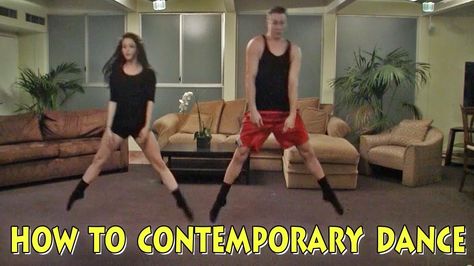
In Russia, due to the constant, often far-fetched, opinion that there are more women in pair dances, partners calmly get up and study their partner's part. Such partners then grow into very cool dancers and teachers. In no case do this at parties, only in class. Here we are talking only about the learning strategy. At parties, be yourself.
6. Do not memorize the links
Always try to look deeper and understand the through principle and idea of movement. Understanding what and how is done will make it possible to independently generate any sequences and chips.
Human memory is limited and there will always be a moment when something will escape and your repertoire will be limited by the size of RAM.
In Argentine tango, for example, there are seven levels of movement construction that, when mastered, will allow you to make millions of combinations. And how many dance sequences can you really remember? In rueda, more than 150 figures dance in a rare circle. It's hard to keep more in mind.
It's hard to keep more in mind.
7. Develop your body
Many years of experience in teaching couple dance shows that as soon as everyone pairs up in a class, any progress in individual style ends. But it is the individual style that distinguishes everyone at the disco: partners change, and style is always with you.
The body as the main instrument of dance must be very plastic, responsive and emotional. Surprisingly, not all pair dance schools have a general physical warm-up. It is vital to tune the body and understand how it works.
You can always train extra and concentrate more on the basic steps, as their true value is as body work. The sequence of steps is, in fact, the simplest thing that can be in pair dancing. The quality of individual performance determines the craftsmanship.
8. Try on the images of inspiring dancers
A psychological life hack for those who have already mastered the steps, but still feel that there is not enough brightness and drive.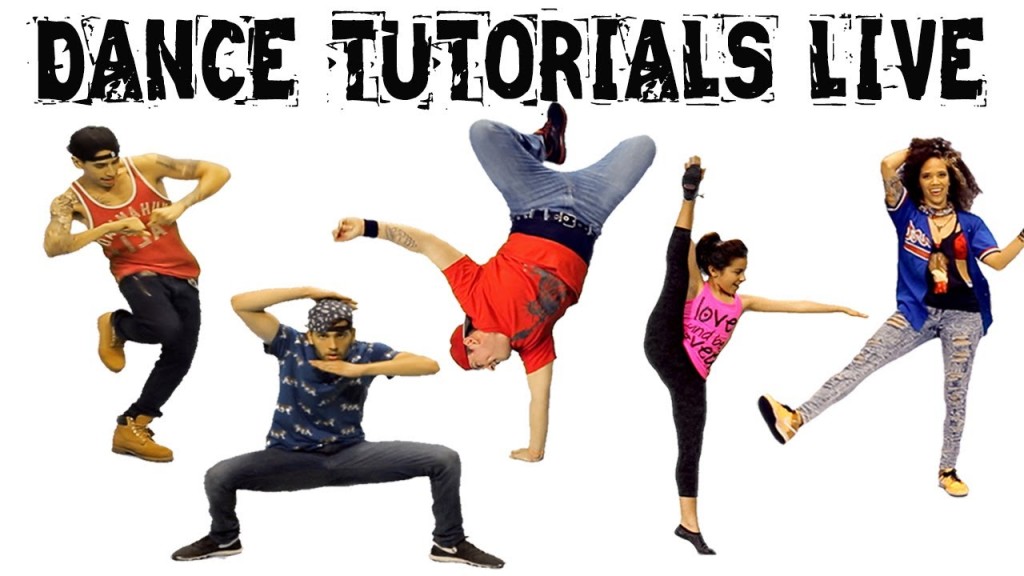 Most are terribly afraid of being someone else's "clone". Here the action is the same as under the influence of hypnosis - the more you resist, the more you plunge into an altered state of consciousness.
Most are terribly afraid of being someone else's "clone". Here the action is the same as under the influence of hypnosis - the more you resist, the more you plunge into an altered state of consciousness.
With a high degree of probability, you are already dancing like someone else's "clone". A meaningful fitting of someone else's image is that you mentally take the image of the one who inspires you (inspiration is critical in this case) and "put on" yourself. Then you start dancing and trying to feel in general how it is to be able, for example, to be the best partner or the sexiest partner in a disco. This is much more difficult than it seems. But it works extremely efficiently.
9. Dance to offbeat music
Habitual rhythms keep you tight. Tango salon or speedy timba leave little room for experimentation and fantasy. Pattern dancing is always noticeable and is reserved for beginners.
The truly new is born outside of the usual. Look for places to experiment. If there is no place, organize self-training. The main thing is not to get carried away, because music determines the style. We bring something new to pair dances, rather than trying to change them.
Look for places to experiment. If there is no place, organize self-training. The main thing is not to get carried away, because music determines the style. We bring something new to pair dances, rather than trying to change them.
Search, improvise, don’t be afraid to go beyond, develop in different directions, be inspired by music atypical for the style
10. Try your hand at basic dance directions
dances exist according to their own non-choreographic laws.
This is the deepest delusion, which has turned into a ceiling for the qualitative development of partner dances. After all, all professional dancers, for example, in salsa or bachata, build their ideas on the basic choreographic principles.
Do not think that choreography is only applicable on stage. Any meaningful movement of the body can be choreographic. In general, try classical or modern choreography. Basically, hip-hop can work too.
11. Look for battle sensations
Pair dances return us to an active position of manifestation of our body. As in the days of our ancient ancestors, we impress the members of the opposite sex by how dexterous, hardy, sexy, etc. we are. Modern laws of the jungle in the entourage of large cities.
If you look around the dance floor, it becomes clear that the majority are clearly herbivores (not in the sense of vegetarians, but in relation to those around them). I am sure that predators are always more interesting in terms of the attractiveness of the image - try to find a counterbalance among herbivores, for example, a cat woman or a lion man.
The conversation is about an internal position, not about aggressiveness. Lability and lack of control are inherent in adolescents, and not in adult self-sufficient people.
Accordingly, even a training or friendly battle gives, on the one hand, practical skills - to make a bright sequence of movements, bring an idea to a climax, show a spectacular feature, on the other hand, develops the psychological basis of the dance - self-confidence, resistance to extraneous attention, self-control and self-control in complex elements.
12. Communicate with professionals
The environment shapes the internal position. Basically, real passionaries of the dance community are ready to openly talk, discuss and support the development of dance in every possible way. Universal principles and the ideas they articulate have a much longer and more practical perspective than meets the eye.
Accept that, for example, behind the words "listen to your partner" is not only a beautiful metaphor, but also a practical skill to literally listen to your partner. At the same time, always treat every thought, even the most respected teacher, as a private opinion.
Your skill will lie in finding the scope of the idea even in conflicting opinions. Most often, the contradiction is speculative and the truth lies in the angle of perception or situationality.
Your dancing growth will stop sooner or later. This can happen at the level of three basic steps or years of experience in teaching and show performances. Regardless of your level, the suggested 12 life hacks can get you off the ground and greatly accelerate your dance growth. There is no way here without your motivation and activity. Take your dance development into your own hands. 9Ol000 Dangerous sexuality
Regardless of your level, the suggested 12 life hacks can get you off the ground and greatly accelerate your dance growth. There is no way here without your motivation and activity. Take your dance development into your own hands. 9Ol000 Dangerous sexuality
Salsa: destroyers of stereotypes
Couple dancing as a source of strength.
Self-destruction of the couple dance community
The Salsa series as a mirror of the community
Mamita Fridays: salsa, bachata
Destroying the myths about leading pair dances
Does dancing make us better?
The seven deadly sins of teachers
Why we will never dance bachata like the Dominicans
Why tango?
Dispute over musicality
Selection of dances according to alcohol preferences
Where to find inspiration for dancing?
Terrible tango nuevo
Distribution of roles in a salsa party
Argentinean tango through the eyes of a salsa dancer
Is there a predisposition to dancing?
Which is more effective: individual or group lessons?
Sexual connotations in partner dancing
7 tips for those who want to learn how to dance
September 9, 2020Reno5Life
Dancing is a great way to make friends with your body and gain self-confidence. And yes, they can be mastered at any age.
And yes, they can be mastered at any age.
Share
01. Choose your style
The idea here is the same as for sports: if you secretly hate yoga or iron exercises, you are unlikely to go to workouts week after week. To achieve noticeable progress in dancing, a beginner will have to practice a lot and regularly, so it’s better not to torture yourself and choose a direction that really ignites.
You can focus on the music that you like - you need to catch the drive from movements to it. It is music that forms the style of dance and its energy, so decide what is closer to you: for example, funk lovers should try popping or locking, folk fans may like Irish dancing, and if you respect jazz, swing and everything like that, take a closer look at lindy hop.
Another criterion is the nature of the movements. Some are closer to dynamic, as in hip-hop, others are smooth and sensual - for this in tango. There are also health restrictions to consider. So, twerk is not suitable if there are problems with the lumbar spine, with sore knees it is better not to get involved in shuffle, and it will be difficult for an aged person to master house.
So, twerk is not suitable if there are problems with the lumbar spine, with sore knees it is better not to get involved in shuffle, and it will be difficult for an aged person to master house.
2. Set a goal
Photo: Iakov Filimonov / ShutterstockYou can start dancing at any age, but it's important to keep in mind why you started it in the first place. It is perhaps too bold to expect that in half a year of classes it will be possible to reach the level of international dance championships from scratch. But if you want to try dancing in order to develop plasticity and learn to feel the body better, great, go ahead.
Don't expect to get it right the first time. When you learn from scratch, difficulties are absolutely normal, the main thing is not to score in classes. Over time, both the correct posture and a beautiful gait will be developed, and as a bonus you will also get self-confidence - with freedom of movement, freedom from complexes will come.
3.
 Don't give up on sports
Don't give up on sports Some dances in themselves make for a good workout. A vigorous shuffle will replace cardio, and a break can give a load to almost all muscle groups. And yet, without preparation, it will not be easy. A more or less good stretch is needed in any type of dance, and, for example, strong arms and strong abdominal and back muscles are also useful for pole dancing. You can combine dancing with strength exercises, but you need to give the body time to recover and not plan classes in a row, but allocate at least a day of rest between them.
And don't forget to warm up before dancing. So that the training does not end with an injury, the muscles and joints need to be prepared for the load. You can allocate 10–15 minutes for a warm-up, it should include simple articular gymnastics (at least elementary rotational movements of the shoulders and knees), tilts and dynamic stretching.
4. Take some lessons from a trainer
Especially if you have never danced before.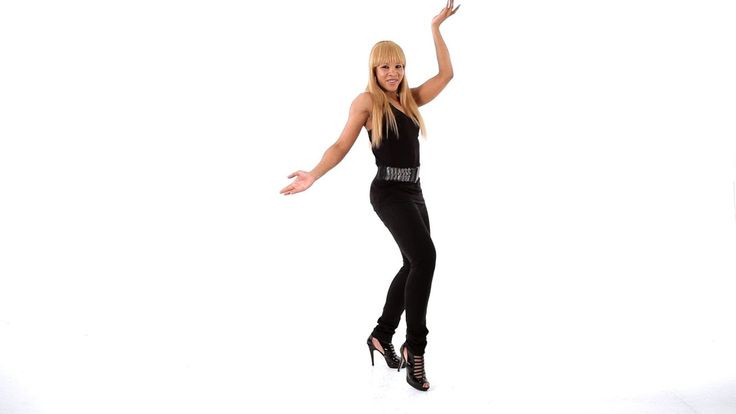 Those with experience can learn new styles at home with video tutorials, but that's because they already know how to control their bodies. Beginners are unlikely to succeed, but disappointment in themselves and demotivation are guaranteed - if you can’t repeat elementary movements, then there’s no point in doing it.
Those with experience can learn new styles at home with video tutorials, but that's because they already know how to control their bodies. Beginners are unlikely to succeed, but disappointment in themselves and demotivation are guaranteed - if you can’t repeat elementary movements, then there’s no point in doing it.
Nothing really strange here. Without preparation, it is difficult to just take it and start moving freely. At least the basic elements are better to master under the guidance of a pro, and when you feel that you are coping, supplement these lessons with home workouts.
5. Learn something new in every class
When you repeat the same set of exercises and movements over and over again, classes turn into a good way to pass your free time, only you can forget about progress. Acquaintance with new elements is the same mandatory part of any workout as a warm-up. It doesn't matter if you work with a mentor or on your own.
Do not immediately try to copy cool dancers. First, study the basic movements, then try to combine them into bundles until you hone them to automatism, and then experiment and improvise, creating something new based on familiar elements.
First, study the basic movements, then try to combine them into bundles until you hone them to automatism, and then experiment and improvise, creating something new based on familiar elements.
6. Record yourself on video
It is not necessary to record the entire workout from the warm-up, it is enough to record only those moments with which you have problems. These can be separate movements or bundles that are not given in any way. Review the video and, if possible, objectively assess what is wrong: perhaps there are technical problems that are difficult to notice in the process. When you understand what's wrong, try to repeat the movement and record it on video again - and so on until you achieve a good result.
This approach will help you find errors and track progress. You can not even limit yourself to memorized ligaments, but improvise - then see how it looks from the outside.
7. Find like-minded people
Photo: Iakov Filimonov / Shutterstock If you need an extra reason not to miss classes, then meeting new people can be a good motivation.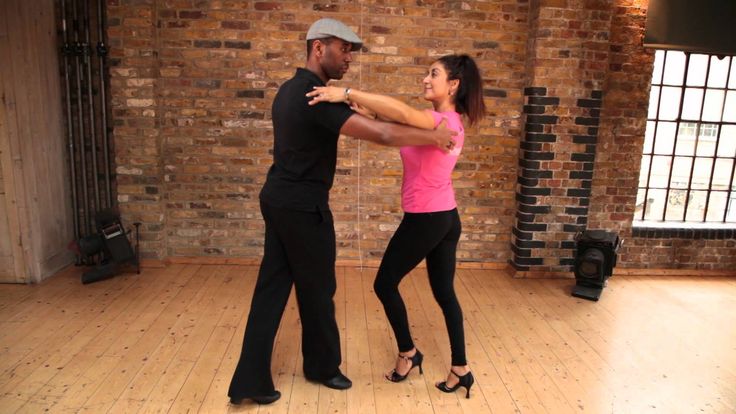 It is easier here for those who train in a group. Often the dance school becomes the center of a close-knit community, where people come not only for the sake of classes, but also just to spend time together at dance parties.
It is easier here for those who train in a group. Often the dance school becomes the center of a close-knit community, where people come not only for the sake of classes, but also just to spend time together at dance parties.
Finally, the more partners around, the more experience. Do not limit yourself to dancers of your level of training and practice with those who are stronger or weaker than you. In the first case, you will be able to improve your skills, and in the second, you will try yourself as a coach - this, by the way, is a good way to learn to take more initiative and understand the very principle of movement in dance, and not just memorize the alternation of chords.
Stay fit and connected with the OPPO Watch. They have two powerful processors, a bright AMOLED display, 1 GB of RAM and 8 GB of internal memory, Bluetooth, Wi-Fi and NFC modules. And more than 90 training modes, including those designed specifically for ORRO. Work out cooler with music, you can listen to it in streaming services or download tracks to the memory of your watch.